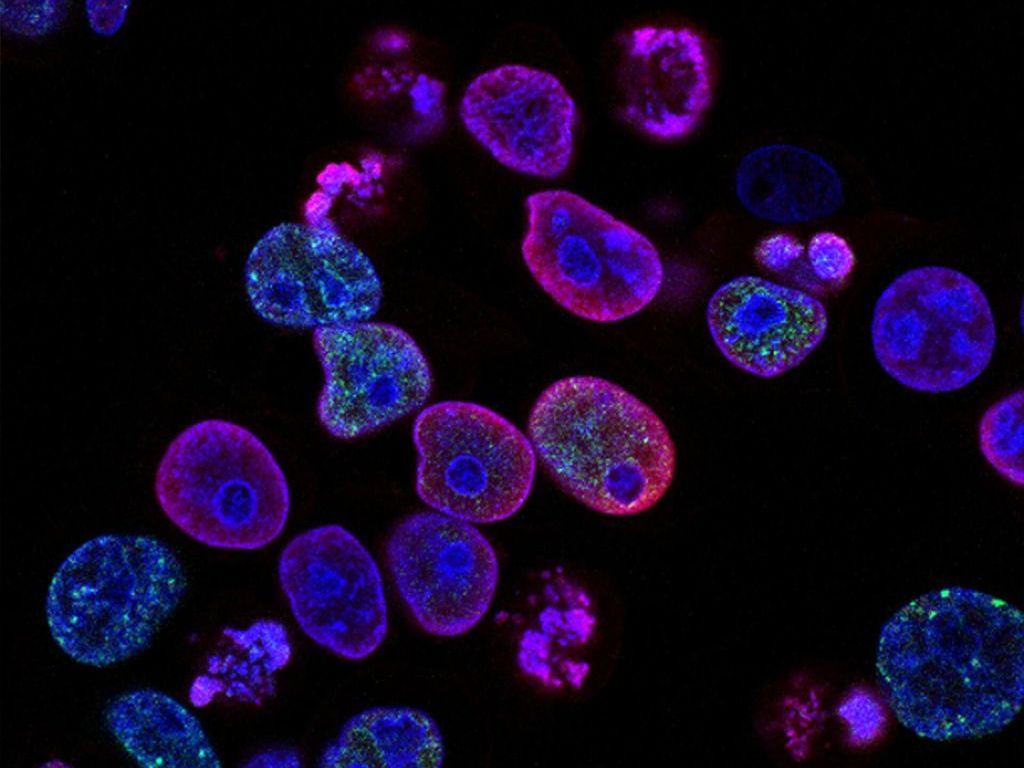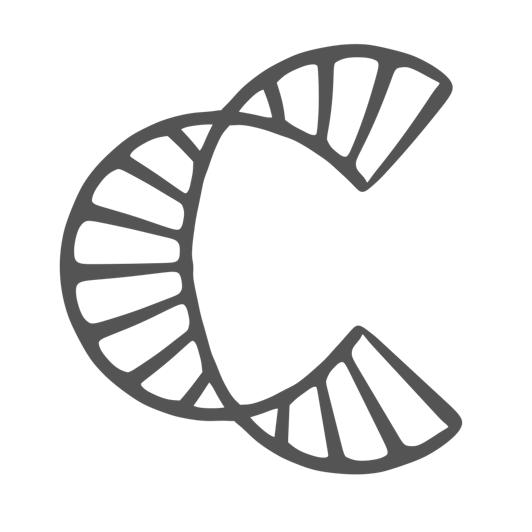Phage Display Affinity Selections
We recognize that every project is unique and tailor each affinity selection to its specific needs. Our unique MultiTier phage display process starts with gaining a deep understanding of your target to design a customized biopanning strategy, yielding peptides and antibodies with high binding affinity and optimal pharmacokinetics.

Unlock the Possibilities of Phage Display!
With the rapid growth of the therapeutic peptide and antibody markets, phage display is becoming an increasingly valuable method for hit discovery and lead optimization.
Phage display technology is a widely adopted technique that allows the selection of peptides and antibodies from immense libraries of filamentous bacteriophage. This groundbreaking approach has demonstrated successful peptide- and antibody- targeting of diverse cancers, tissues, biomarkers, and even non-biological antigens. The basis of phage display lies in the ability to genetically link a phenotype, or displayed peptide/antibody, with its genotype. This allows for the screening of large libraries of peptides and antibodies for binding affinity and specificity towards a specific target.
The process of phage display begins by creating a diverse library of DNA sequences encoding different peptides or antibody fragments. These sequences are then inserted into bacteriophage genomes or phagemids, which act as carriers for the displayed molecules. The resulting library is then exposed to the target of interest, such as a cancer cell or disease biomarker. During this selection process, only those phages carrying sequences that bind to the target will be retained while others are washed away. These selected phages can then be isolated and used for further analysis or development.
Phage display has become a powerful tool in the field of biotechnology, particularly in drug discovery and development. By screening large libraries of peptides and antibodies, researchers can identify potential candidates for therapeutic targets. This method also allows for the manipulation and optimization of peptide sequences to improve binding affinity and specificity towards a target. Additionally, phage display can be used to discover novel protein-protein interactions, facilitating a better understanding of biological processes.
One notable advantage of phage display is its high throughput capabilities. With the ability to screen millions of peptides or antibodies at once, this technique greatly speeds up the process of identifying potential drug candidates. It also eliminates the need for costly and time-consuming protein production methods, as the bacteriophages act as carriers for the displayed polypeptides.
Hit Molecules Not Converting to Leads?
The conversion from hit molecules to viable leads is notoriously challenging, with success rates often below 30%. Despite promising results from phage display selections, many hit peptides and antibodies fail in later development stages due to inadequate potency, poor specificity, or unfavorable pharmacokinetics.
Previously, peptides and monoclonal antibodies were typically identified through in vitro phage display affinity selections (biopanning) against purified antigens such as recombinant proteins. However, while these selections deliver ligands with high affinity, their in vivo pharmacokinetic profile and target specificity often prove subpar. The problem lies with the isolated proteins and other biomolecules that fail to accurately mimic the complex microenvironment found in vivo. As a result, peptides and antibodies identified against isolated antigens such as recombinant proteins often suffer from poor pharmacokinetics and struggle to maintain their affinity and specificity in vivo.
At Cell Origins, we address this challenge with our MultiTier phage display platform, generating peptides and antibodies with exceptional binding affinity and pharmacokinetic properties. Our MultiTier platform utilizes a unique combination of in vitro, in situ, and in vivo screening methods to identify high-quality peptides and antibodies. This approach allows us to consider not only binding affinity, but also factors such as specificity, stability, and pharmacokinetics.
Our Solution
At Cell Origins, we can significantly enhance the speed and cost-effectiveness of your drug development pipeline. We collaborate closely with you to thoroughly understand your target biomarker and objectives for the end-use of your peptide or antibody. This enables us to deliver a tailored phage display protocol, ensuring precision and effectiveness to meet your unique project needs.
Our scientists are renowned experts in phage display technology. They are fully committed to providing you with exceptional biopanning strategies to discover high-affinity ligands that bind with specificity to your target of choice. We work directly with you to develop a customized phage display protocol that is tailored to meet your individual needs and requirements for peptide and antibody discovery services. We always perform an in-depth research analysis of your target molecule and/or tissue to ensure that we fully understand each challenge and how to solve it.
We use MultiTier phage display methods combined with the latest automated high-throughput screening and sequencing technologies to ensure that each strategy results in quality peptides and antibodies that perform both in vitro and in vivo.
Target Antigens
We work with any type of target antigen to carry out phage display selections in vitro, in situ, and in vivo. Examples of target antigens include (but are not limited to):
In vitro
- Purified recombinant/native proteins
- Crude recombinant/native proteins
- Oligo- and polysaccharides
- Nucleic acids
- Non-biological materials
In situ
- Cell lines
- Organoids
- Tissues
- Organs
In vivo
- Mouse and rat models
- Tumor tissues in live animals
- Pre-clearing of phage display libraries
High-Affinity Peptides & Antibodies
Our scientists are committed to delivering high-affinity peptides and antibodies that bind specifically to your antigen. Utilizing customized protocols for each project, we employ meticulous biopanning methods, leveraging in vitro, in situ, and in vivo phage display selections. These approaches are tailored with precision elution and competition strategies, resulting in the identification of ligands with exceptional affinity and minimal off-target binding.
Optimal Pharmacokinetics
Finding ligands with high binding affinity and specificity for the target, while demonstrating excellent pharmacokinetics, poses a significant challenge in phage display antibody and peptide discovery. This challenge is amplified when examining intricate biological processes that are challenging to replicate in vitro and involve different binding partners based on tissue expression, a common occurrence in normal versus tumor tissues. To conquer this obstacle, we employ a multi-tier approach, enabling the concurrent selection of peptides and antibodies that possess the desired characteristics of high binding affinity, specificity, and pharmacokinetics. Our strategies are meticulously designed to yield ligands with increased stability, minimal off-target binding, and the necessary excretion profile. By doing so, we expedite the process of converting a hit into a lead molecule, ultimately saving you valuable time.
Our Expertise in Phage Display Technology
Our team of scientists are renowned experts in the field of phage display technology, continuously pushing the boundaries and exploring new frontiers with this powerful and versatile tool. With decades of experience and a passion for helping researchers achieve their goals, our scientists are dedicated to providing the latest innovative approaches.
Trained at the University of Missouri, the very birthplace of phage display, our lead scientists have not only honed their expertise but have also contributed significantly to the field. Their research articles have among others been cited by Dr. George Smith in his Nobel Prize lecture.
The scientists at Cell Origins have a background in developing cancer- and other disease-targeting peptides for therapy and imaging, kit development, and have in-depth knowledge of molecular biology and biochemistry. Additionally, we carry out projects in the fields of antibody discovery, development of functional and bioactive peptides, as well as peptides that bind non-biological antigens that must be stable under harsh conditions.
We are dedicated to supporting you throughout your entire journey of peptide or antibody discovery. By understanding your unique challenges and obstacles, we offer in-depth research analysis and a tailored project strategy. As the phage display biopanning takes place in our cutting-edge laboratories, we provide you with comprehensive reports that empower you to make informed decisions in transforming your hits into leads.
Contact Us to Learn More
Cell Origins is at the forefront of utilizing advanced MultiTier phage display techniques. Our groundbreaking work involves the development of peptides and monoclonal antibodies with exceptional binding kinetics and pharmacokinetics. Through our innovative multi-tier platform, lead compounds maintain high binding affinity, specificity, and optimal pharmacokinetics, while minimizing off-target binding. We invite you to reach out and discover how our unique phage display strategies can accelerate your drug discovery journey.

